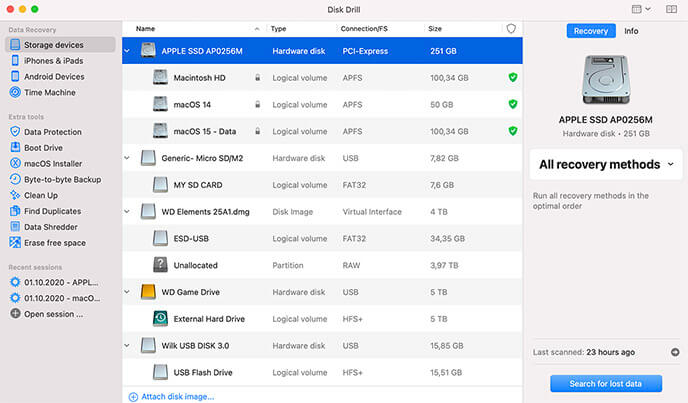

Preparation for Creating a Bootable USB Driveīefore the process begins, you need to prepare:ģ. At which time, you can count on iMyFone AnyRecover to get the work done for you. There are times you may need to create or use a bootable USB drive, eg your Mac crashed or unable to boot.
Make a recovery usb for mac osi how to#
How to Create a Bootable USB Drive on Mac OS X Note: This method is only possible for Macs running below OS X Lion. After this, click Quit and disconnect the drive.

Step 3: Your system will then create a clone of the recovery volume. Select the new recovery disk you just connected and hit Continue. Step 2: Connect a USB drive and run the Recovery Disk Assistant.
Make a recovery usb for mac osi download#
If it’s not there, download it from Apple’s support site. Step 1: Launch Disk Assistant from Applications > Utilities. Next, follow the below steps to create a recovery USB drive. You do this by creating partitions in the new location that will serve as a special section for the recovery drive. Hence, mainly if the USB drive has ample storage space, it is advisable to first prepare the USB drive before creating OS X Recovery drive with Disk Assistant. How to Create a Recovery USB Drive on Mac OS XĪll data in the volume will be wiped if you clone the recovery volume on a partition in Disk Utility. Further, these guides will not work for you if you have an older device model that is upgraded on a newer OS. NOTE: A working recovery volume on your computer is necessary to follow the methods here. The copy of the recovery volume will be created here.Īn external USB drive with not less than 1GB of free storage space. To create an OS X Recovery USB drive, here are some things to have:Ī usable recovery volume on your computer startup drive. The following sections will cover how to create a recovery USB drive on Mac OS X. This is the equivalent of a complete data backup in Windows, but Mac does it automatically, even without an internet connection. Also, the computer keeps a copy of the recovery USB drive that Disk Assistant creates. The reason for this is so that in case of an emergency, you can recover your data using the Disk Utility. Mac OS X Lion and higher versions usually create a hidden recovery volume on your startup drive. What You Should Know about Mac Recovery USB Part 5: Why Should You Choose AnyRecover for Data Recovery on Mac? Part 4: Extract/Backup Data from Unbootable Mac with AnyRecover Bootable USB Drive Part 3: How to Create a Bootable USB Drive on Mac OS X Part 2: How to Create a Recovery USB Drive on Mac OS X Part 1: What You Should Know about Mac Recovery USB


 0 kommentar(er)
0 kommentar(er)
